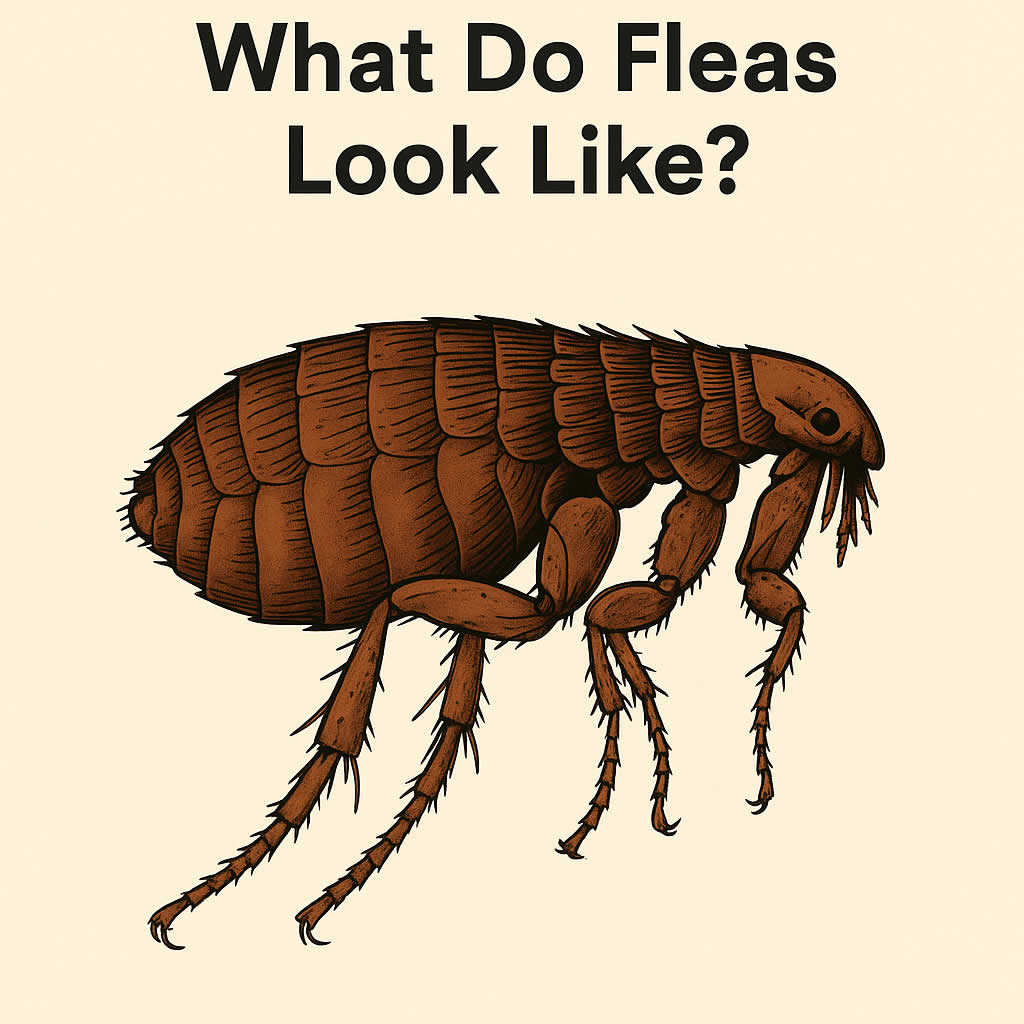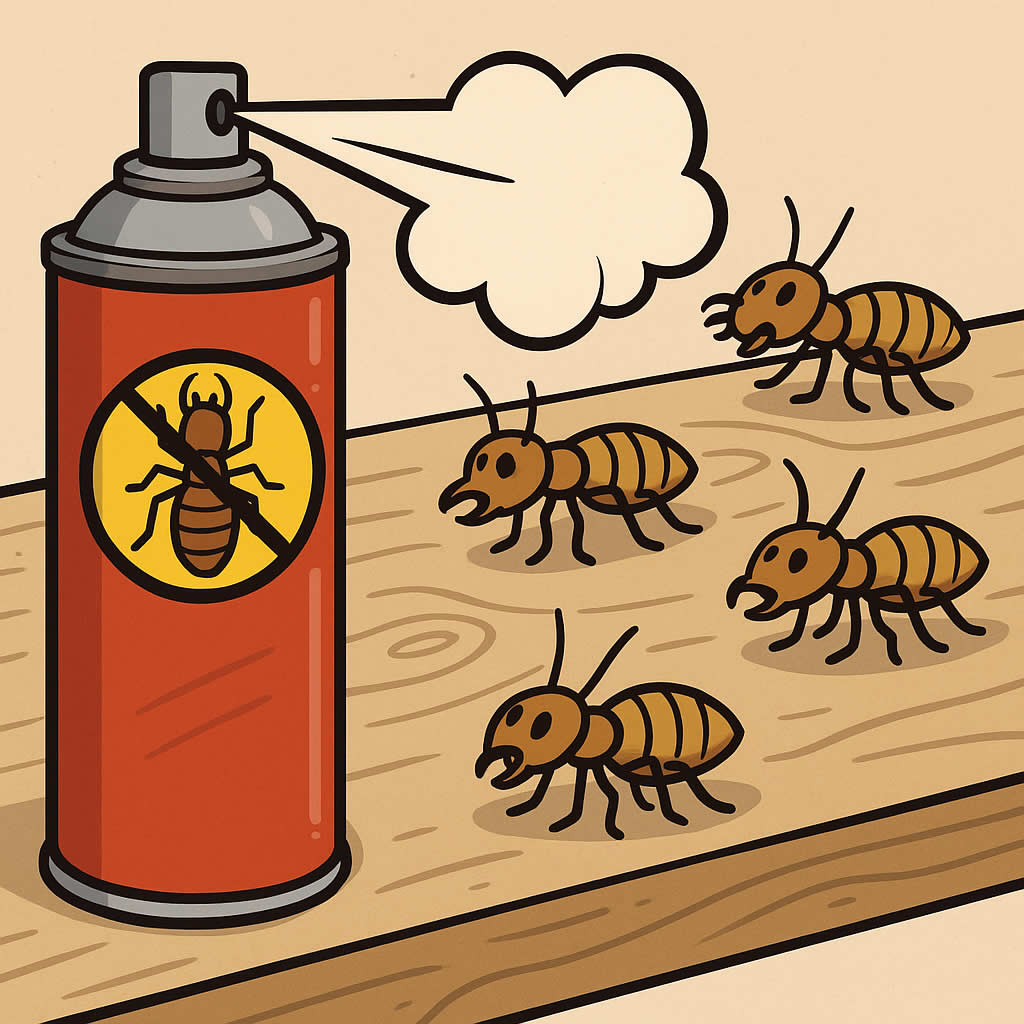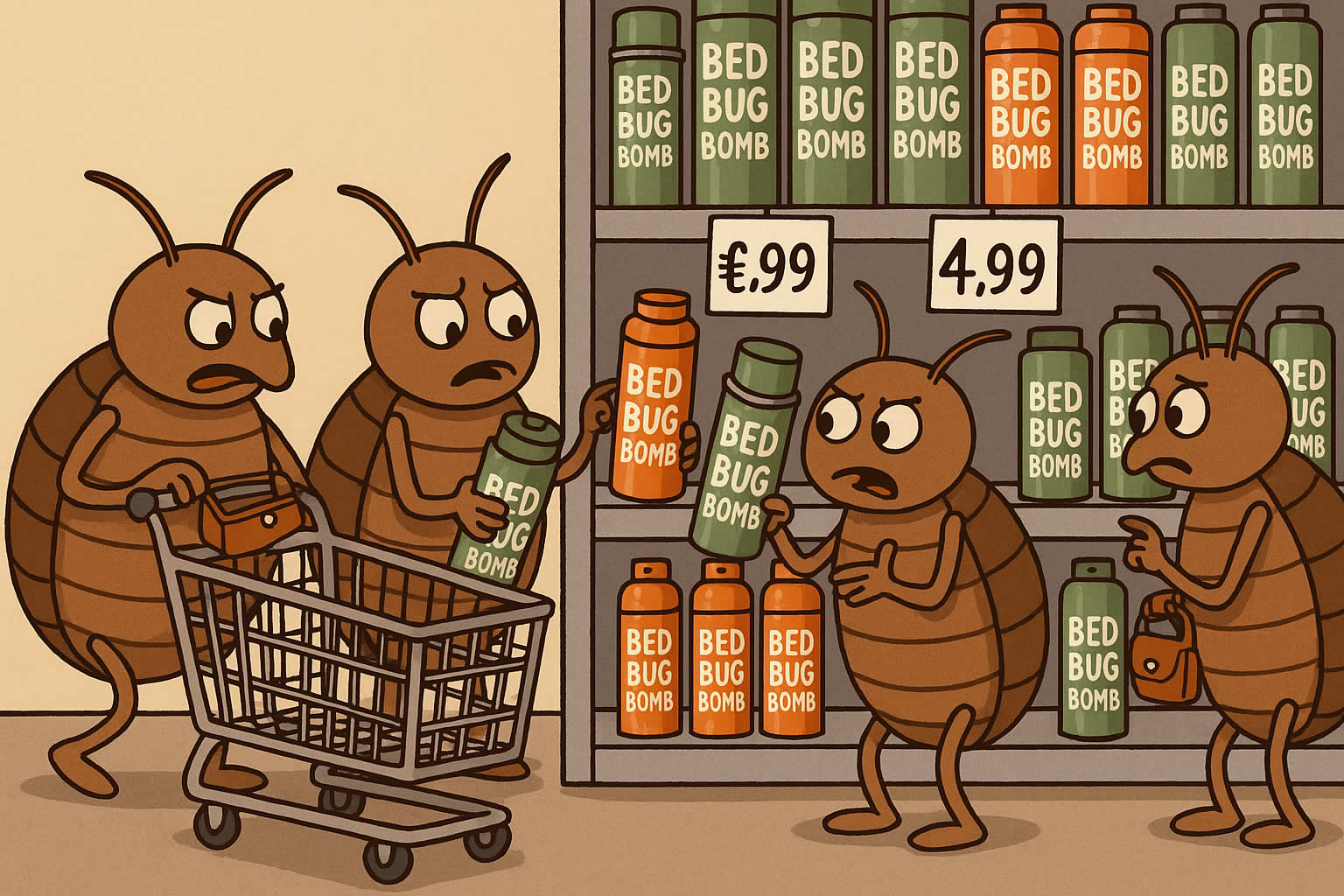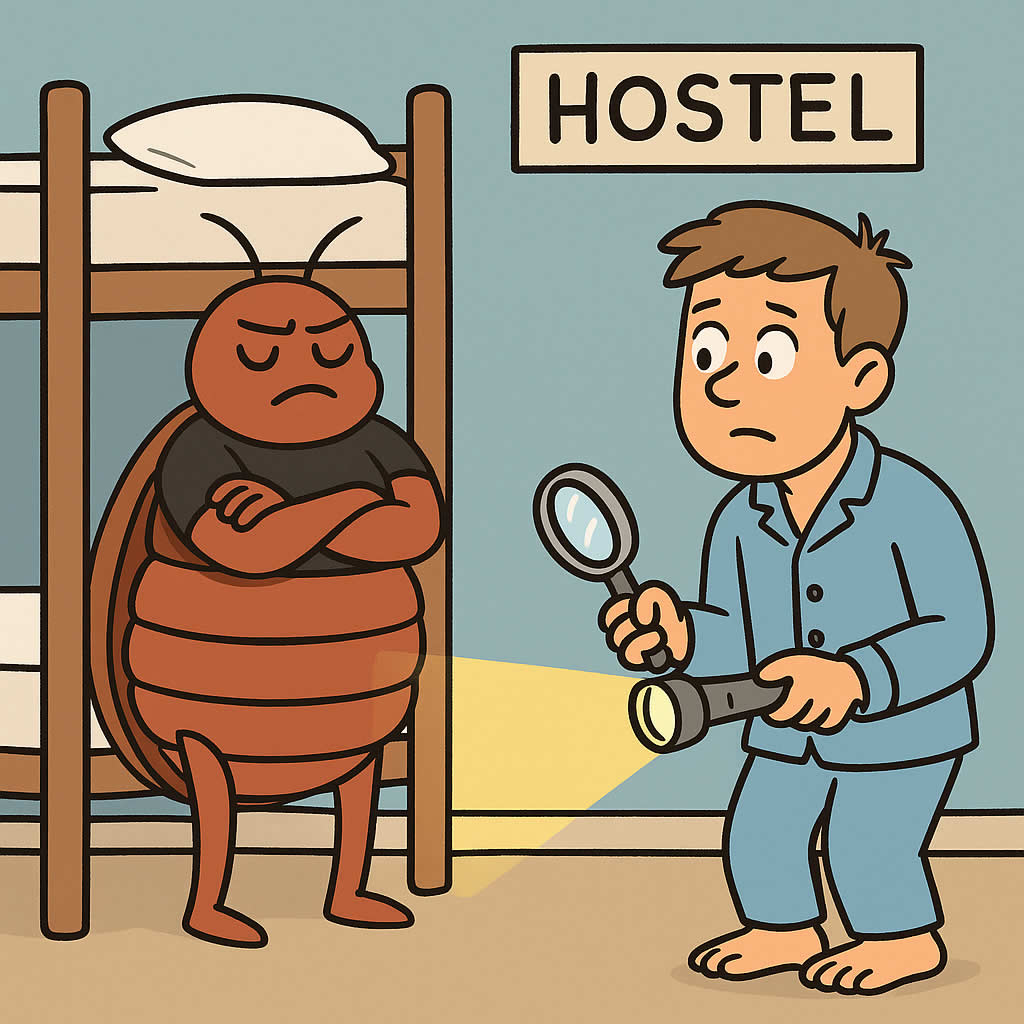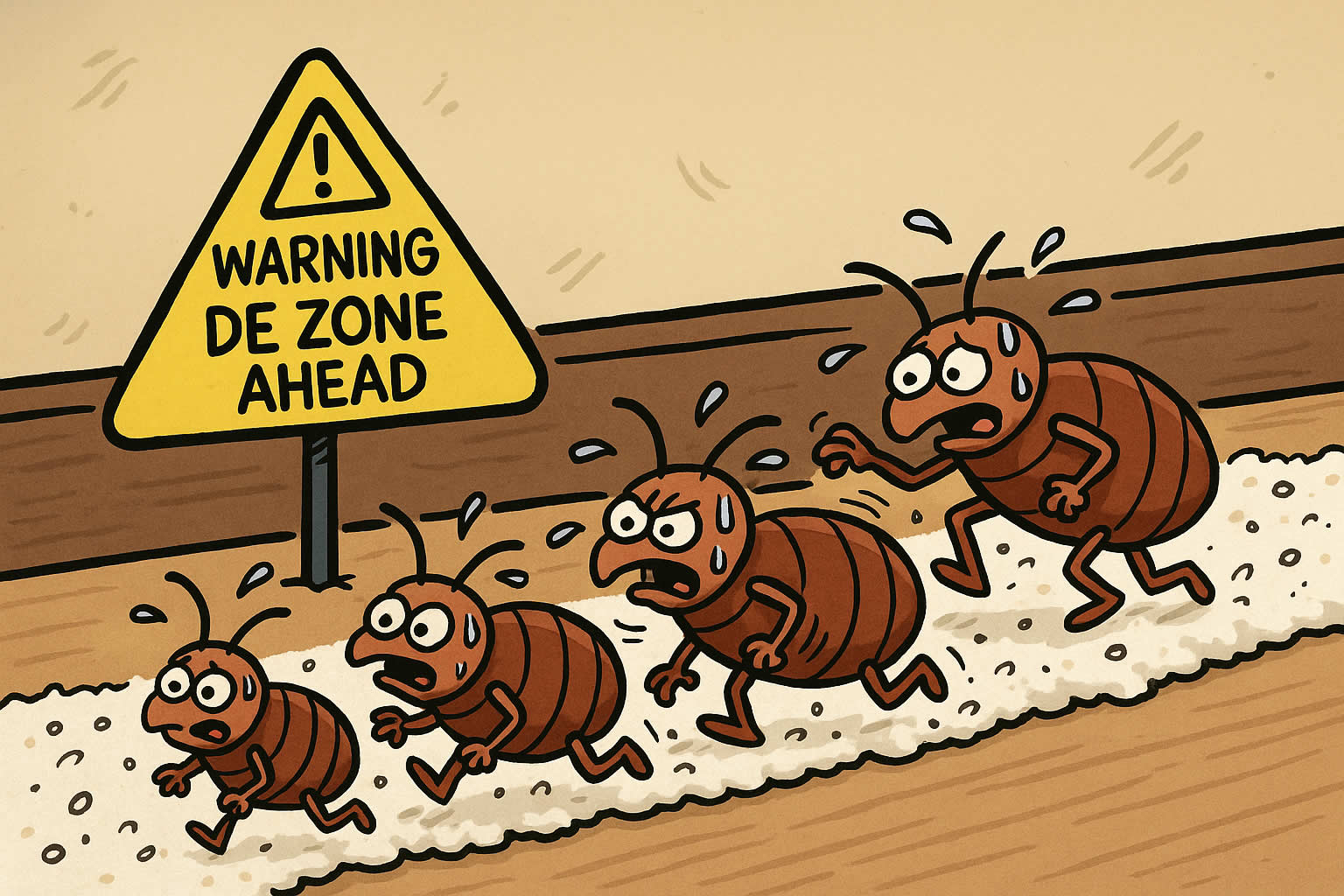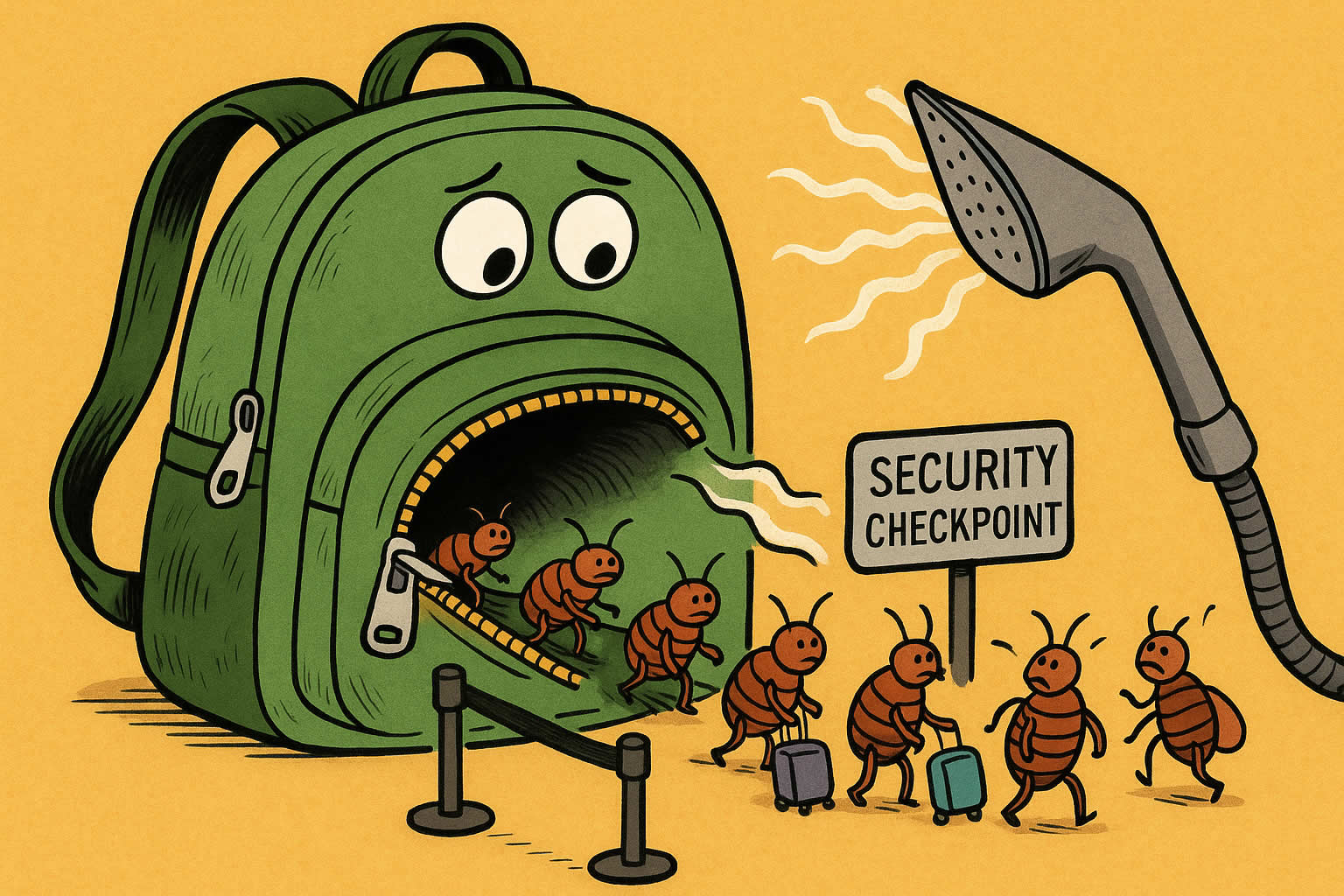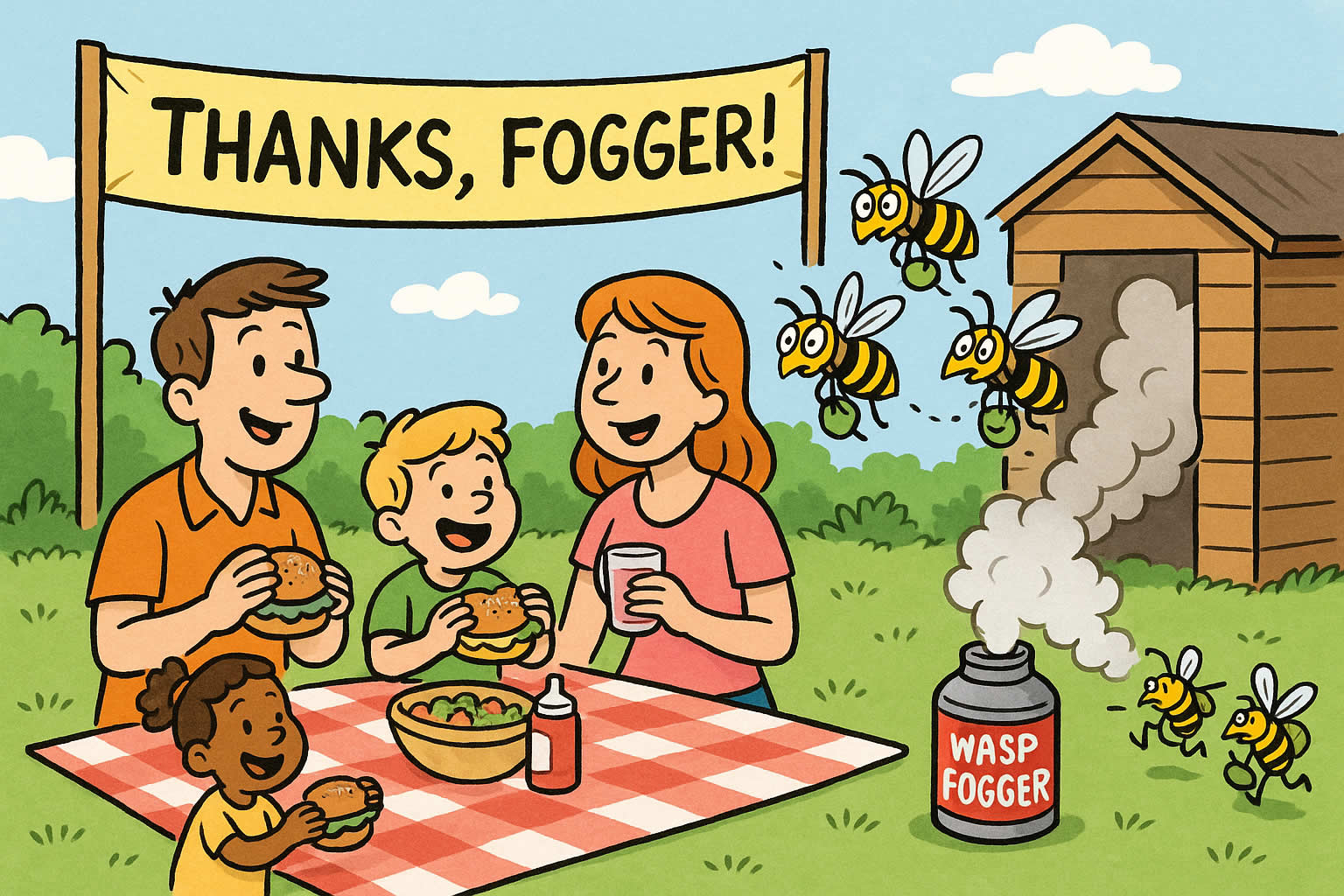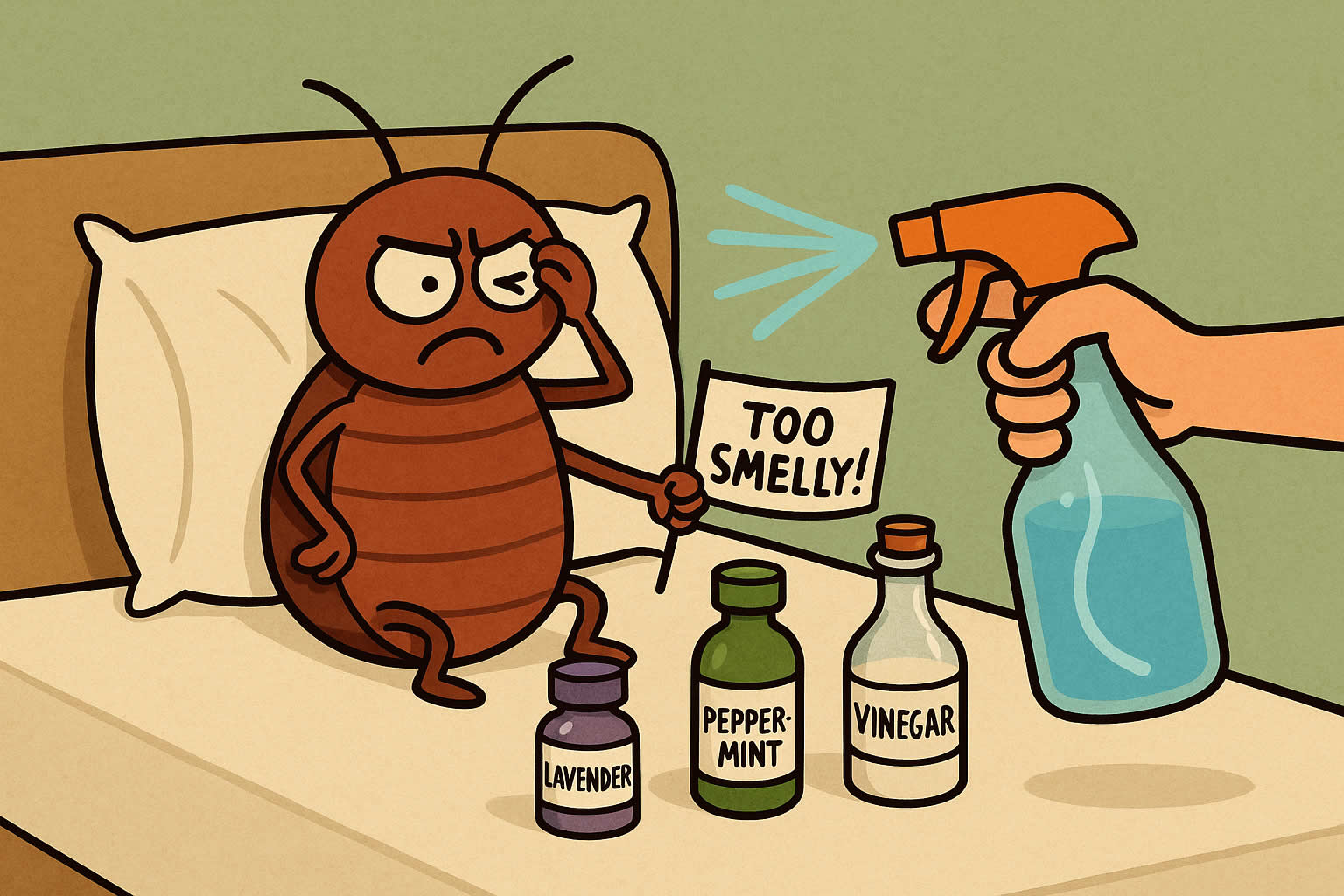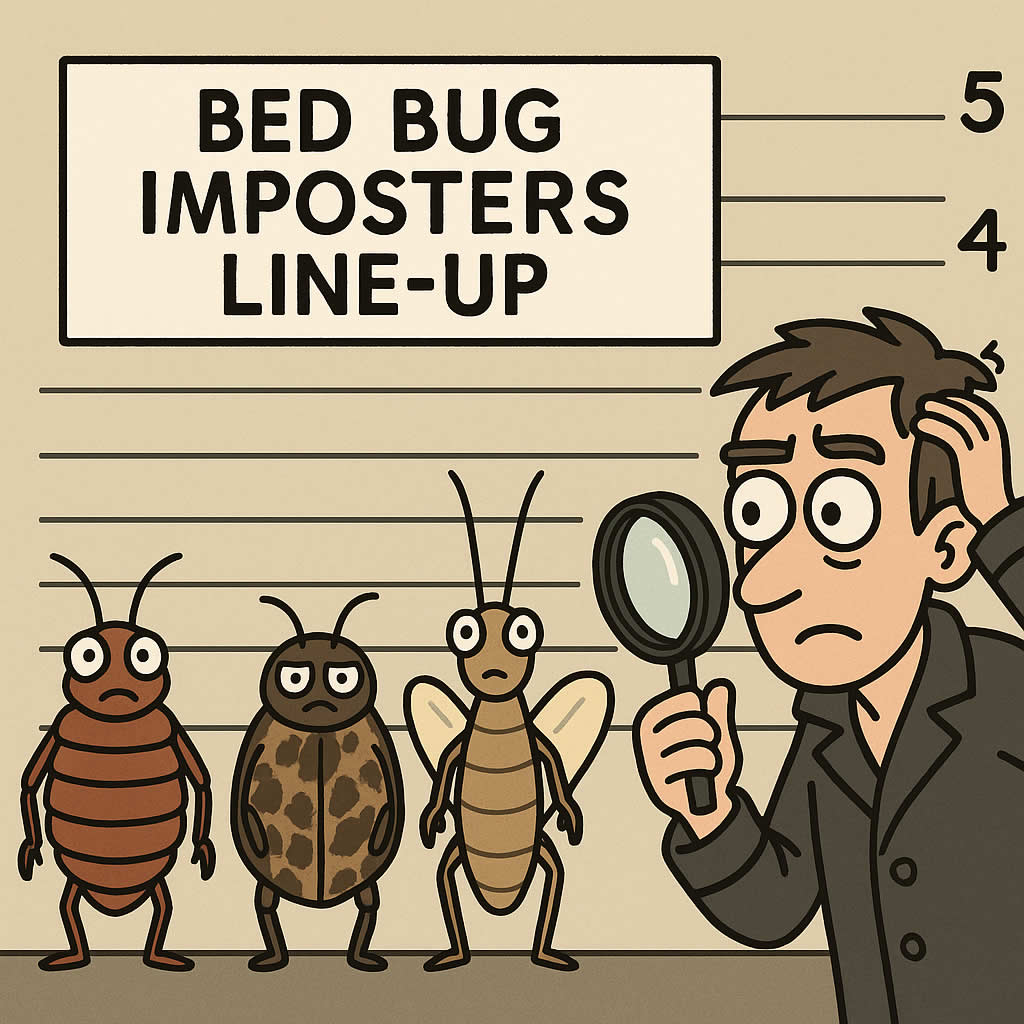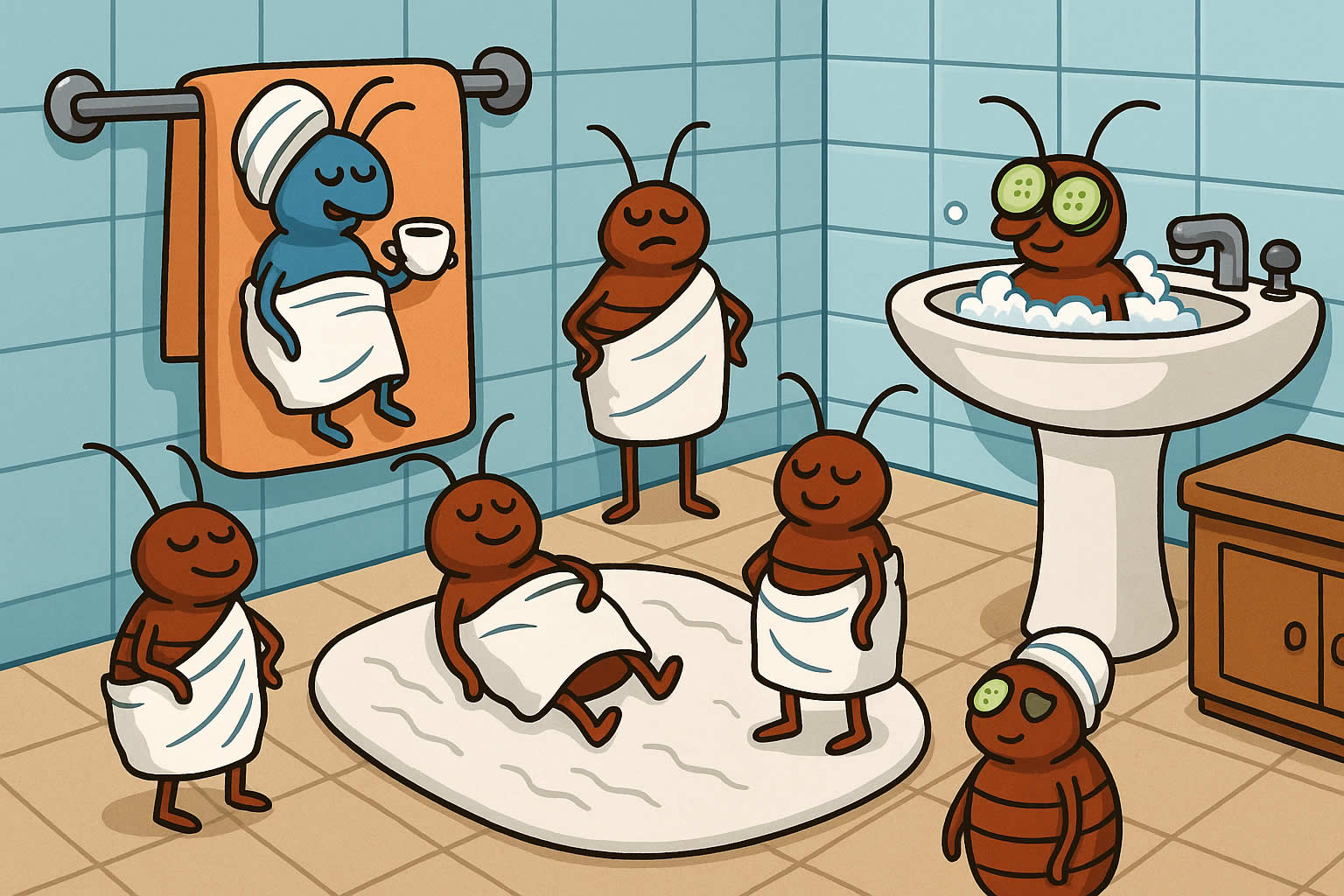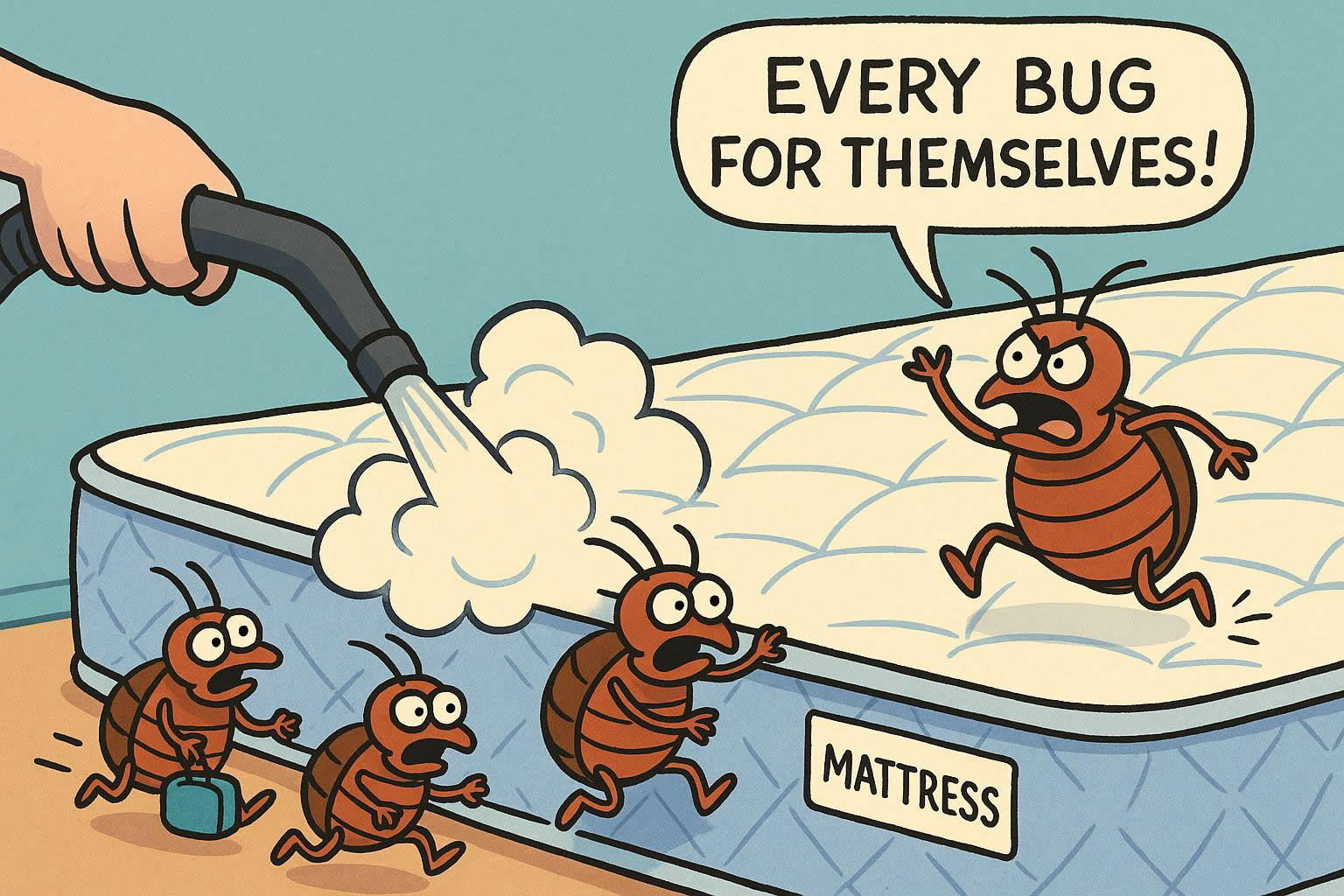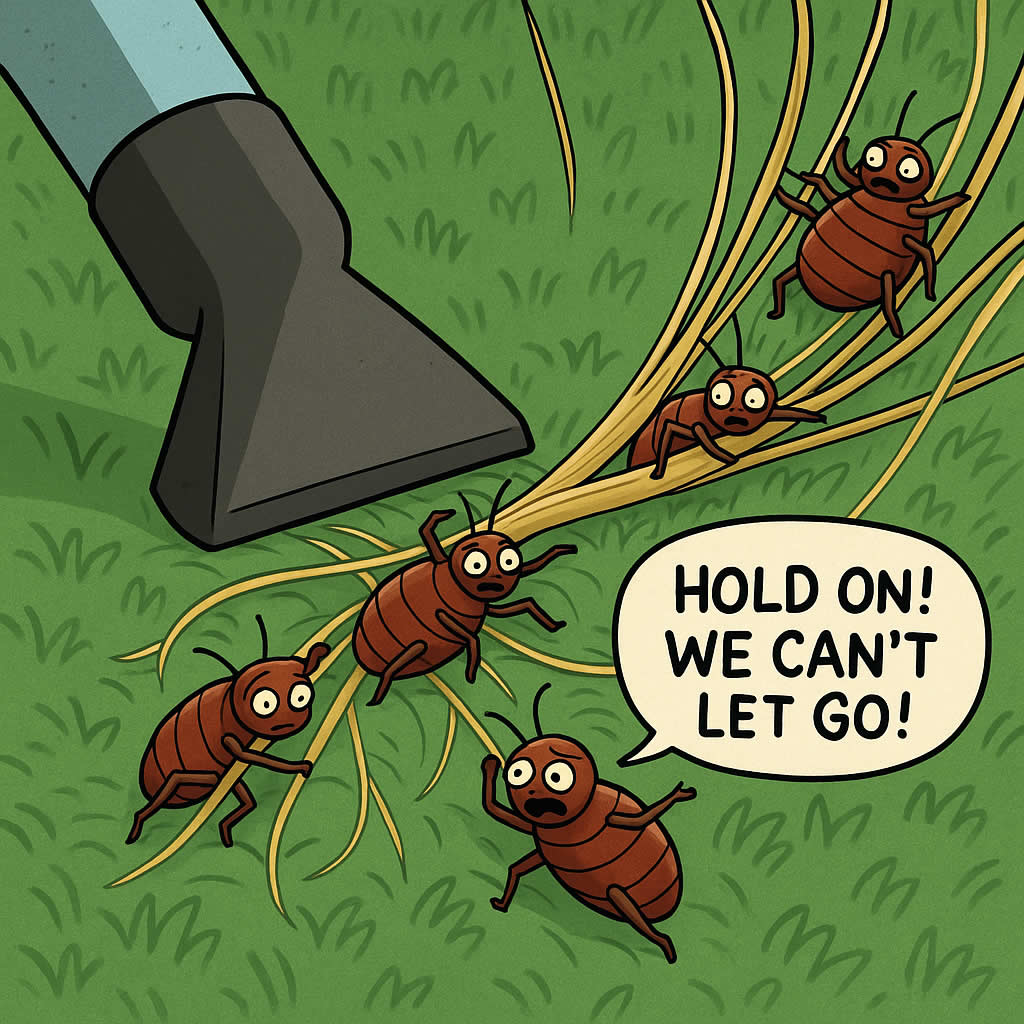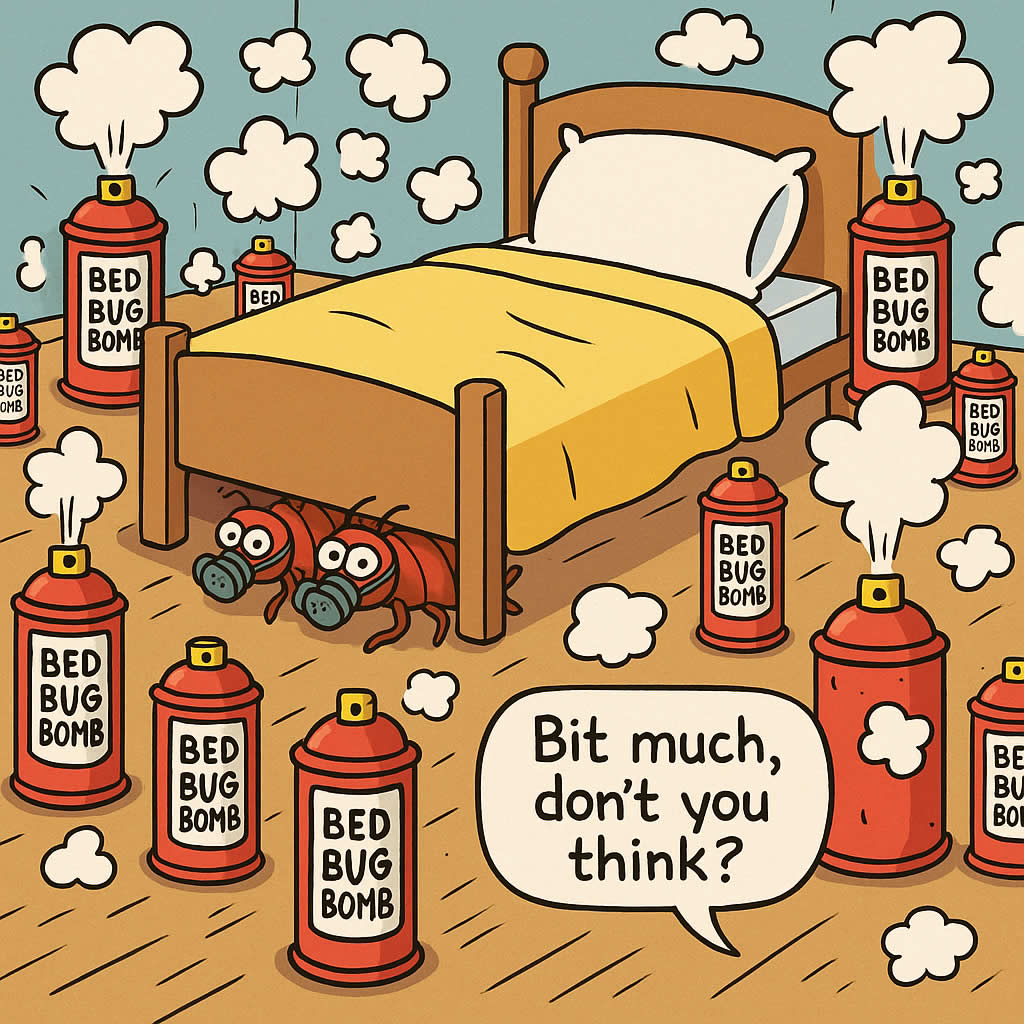Related Queries
ToggleFleas may be as small as a grain of sand, yet their capabilities make them formidable pests. These tiny insects measure just 1-4 millimetres in length and demonstrate amazing athletic abilities. They can leap up to 150 times their body length and reach heights of 7 inches.
The reddish-brown or black oval-shaped creatures’ small size makes them difficult to spot. Cat fleas have become the most widespread species globally and don’t limit themselves to felines. These persistent parasites readily infest both cats and dogs. This piece will help you identify these pests at every life stage, from their tiny 0.5-millimetre eggs to full-grown adults, so you can better protect your pets.
What Do Fleas Look Like to the Human Eye?
You need careful attention to spot fleas with your naked eye. These parasites may be tiny, but you can recognise them once you know what to look for.
Size and shape of adult fleas
Adult fleas are 1.5 to 4 millimetres long, about the size of a sesame seed or a pen tip. Their tiny size makes them hard to identify even though human eyes can see them. Female fleas grow larger than males and can reach 2.5mm, while males stay under 1mm.
These wingless insects have oval bodies that flatten from side to side. The flat shape lets them move smoothly through animal fur or feathers. Their narrow profile works like a streamlined design that helps them direct themselves between hair shafts.
Six legs attach to their segmented bodies. Their structure consists of three parts—head, thorax, and abdomen—protected by a tough-to-break cuticle. This strong exoskeleton helps them survive when animals try to crush them by scratching.
Colour and physical characteristics
Adult fleas range from light brown to deep reddish-brown or black. Blood-fed fleas look darker, almost black, while hungry ones show a more reddish-brown colour. Their bodies have a see-through quality that makes them look like amber in certain light.
A close look at a flea’s body shows unique features. The head looks small compared to the rest of the body. Backward-pointing hairs and short spines cover their exoskeleton and help them move through fur. Many species also have specialised combs (ctenidia) made of flat spines.
Blood-sucking mouthparts mark another key feature. Hard bodies with flexible spines help them grip animal fur tightly. Male fleas come equipped with complex genitalia that includes claspers and a coiled penis, while females have a comma-shaped spermatheca.
How fleas move (jumping ability)
Fleas make up for their lack of wings with amazing jumps. Their back legs grow much longer than their front four legs. These powerful hind legs launch them up to 33 centimetres horizontally and 18 centimetres vertically.
Small size makes their jumping skills even more impressive. Most fleas jump about 100 times their body length, and some species can leap up to 200 times their size. A human with similar abilities could jump over the Eiffel Tower!
Raw muscle power doesn’t explain these incredible jumps. Fleas use a special elastic protein called resilin that works like a rubber band. They store energy in their thorax by compressing this resilin like a spring. The release shoots them into the air at speeds up to 1.9 metres per second.
Their sophisticated jumping relies on complex multi-jointed levers in their back legs. The flea crouches first, then all legs push at once to launch with perfect timing. This natural design lets them quickly switch hosts or escape danger, which makes catching them quite challenging.
Identifying Fleas at Different Life Stages
Understanding a flea’s complete life cycle helps you identify and control these stubborn parasites better. You can spot each stage by its unique visual features.
Flea eggs: Tiny white specks
Flea eggs are tiny oval structures about 0.5 millimetres long—even smaller than a salt grain. These eggs have a soft shell that looks shiny and off-white or cream when fresh. Unlike other parasites’ eggs, flea eggs don’t stick. They fall off your pet and scatter all over your home.
A female flea can lay up to 50 eggs each day after getting a blood meal. The eggs usually hatch in 1 to 12 days based on their environment. The best conditions—around 30°C with over 70% humidity—let eggs hatch in just 48 hours.
You might mistake these eggs for dandruff or salt at first. Dead flea eggs look different though – they’re shrivelled and more tan-coloured. These eggs make up about half the fleas in an infested home. Finding them early helps control the problem better.
Larvae: Worm-like creatures
Flea larvae look like small worms, about 2-5 millimetres long. These whitish creatures don’t have eyes or legs. Sometimes you can see their internal organs through their thin outer shells.
The larvae grow through three stages (instars). They start at 1-1.5mm and reach 5-8mm in their final stage. Their colour changes from clear to creamy white as they eat.
These larvae eat organic debris and “flea dirt” (adult flea droppings with dried blood). They hate light and burrow deep into carpets, pet beds, and floor cracks. This makes larvae hard to find since they hide in dark spots where pets rest.
Pupae: Cocoon stage
The pupal stage is the toughest part of a flea’s growth. Larvae wrap themselves in silk-like cocoons that match adult fleas in size. The cocoon’s sticky outside collects dust and fibres, making great camouflage.
Inside the cocoon, larvae change through three stages: U-shaped larvae (prepupae), true exarate pupa, and pre-emerged (pharate) adult. This usually takes 6-7 days in normal conditions. The adult fleas might stay in their cocoons from several days up to five months.
This stage makes flea control tough. Pupae resist insecticides and treatments well. They can stay dormant until they feel vibration, heat, or carbon dioxide—signs that tell them a host is near.
Adult fleas: The biting stage
Adult fleas start looking for hosts right after leaving their cocoons. These reddish-brown to black parasites are about 2-5mm long with strong back legs for jumping.
Adults start breeding fast after their first blood meal. Females lay eggs within 24-48 hours. New adults that can’t find blood only live 1-2 weeks. With regular blood meals, they can live 2-3 months.
Female fleas keep laying eggs their whole life. Some produce over a hundred eggs. This explains why one missed flea can lead to a big problem quickly.
Knowing how to spot each life stage helps you control fleas better. About 95% of an infestation exists as eggs, larvae, and pupae rather than the adult fleas you see on your pet.
What Do Dog Fleas Look Like?
Spotting tiny parasites on your furry friend can be worrying. A clear understanding of what dog fleas look like helps you catch these problems early before they take over your home.
Common locations on dogs
Dog fleas don’t spread randomly across your pet’s body. These parasites love specific spots that give them warmth and protection. You’ll often find them clustered around your dog’s ears, along the back, near the tail base, and close to the stomach. These spots let fleas feed without getting disturbed.
Your dog’s armpits and groyne need extra attention during flea checks. These warm, sheltered areas create the perfect home for these parasites. Regular grooming might miss fleas that hide in these spots.
Dogs with thick fur make flea detection a real challenge. Short-haired breeds can hide hundreds of these parasites in their coat too. Many pet owners don’t notice serious infestations until their dog shows severe symptoms.
Distinguishing features of dog fleas
Dog fleas (Ctenocephalides canis) are dark insects that measure 1-2mm long. Their colour shifts from reddish-brown to almost black after they feed on blood. These oval-shaped bugs have six legs that help them move faster through your dog’s fur, which makes them hard to catch.
A close look at your pet might reveal tiny creatures that scurry away or jump at the time you disturb them. Their tiny size—smaller than most ants—means you need to look carefully to spot them.
Dog fleas usually prefer canines as hosts, but they’ll happily live on other animals and humans too. You can tell dog fleas from cat fleas by their size and colour. Dog fleas are bigger and lighter than their cat-loving cousins.
These parasites behave differently from cat fleas. They tend to stay on one host longer, while cat fleas jump between hosts more often. This habit makes dog fleas easier to find during a good check-up.
The best way to spot dog fleas isn’t by seeing the bugs themselves. Look for “flea dirt”—their droppings that look like tiny black pepper specks in your dog’s coat. A simple test on damp tissue paper shows if it’s really flea dirt. The specks turn reddish-brown from digested blood.
What Do Cat Fleas Look Like?
Cat fleas (Ctenocephalides felis) top the list as the world’s most common flea species. These tiny parasites don’t just stick to cats – they happily make themselves at home on dogs and sometimes humans too. Pet owners need to spot these parasites early by knowing their appearance and favourite hiding spots.
Where to find fleas on cats
Cat fleas are smart hunters that pick their hiding spots carefully on your furry friend. Your cat’s neck and the area right above the tail make perfect hideouts since cats can’t easily reach these spots while grooming. These clever parasites quickly learn to gather here, safely away from your cat’s thorough self-cleaning routine.
The warm, protected spaces under your cat’s armpits and around the groyne area serve as perfect spots for these tiny invaders. A thorough inspection of these areas requires you to part your cat’s fur gently. Look out for both the insects and signs they leave behind.
A fine-tooth comb used over white tissue paper or kitchen towel helps confirm flea problems. Black specks falling onto the white surface might be “flea dirt” – actually flea droppings containing digested blood. The true test comes with a few water drops – these specks turn reddish-brown if fleas are present.
Cat flea vs dog flea differences
Names can be misleading when it comes to cat fleas (Ctenocephalides felis) and dog fleas (Ctenocephalides canis). Both species jump between different animals, though cat fleas rule most territories. The numbers tell the story – cat fleas account for more than 95% of flea issues reported across the United States.
These reddish-brown to black pests measure about 1-2mm long. Cat fleas run slightly smaller than their canine counterparts. Their bodies appear squeezed from side to side, which helps them move smoothly through thick fur.
Most pet owners can’t tell these species apart without a microscope. Cat fleas sport longer heads and special combs made of flat spines, known as genal and pronotal ctenidia.
The species might not matter much, but this fact does: cat owners should never use dog flea treatments. These products often contain permethrin – safe for dogs but toxic to cats.
Signs of Flea Infestation Beyond Seeing Fleas
You can spot flea problems in your home and on your pets without seeing the actual fleas. Several warning signs will alert you to an infestation before these parasites become visible.
Flea dirt: What it is and how to spot it
Flea dirt isn’t real dirt – it’s actually flea droppings that contain your pet’s digested blood. The tiny black specks look just like ground pepper or coffee grounds in your pet’s fur. A simple test can confirm flea dirt: place some on damp tissue paper and watch it turn reddish-brown from the blood content.
Finding flea dirt means fleas have been feeding on your pet long enough to digest and pass blood meals. These dark specks show up mostly on your pet’s bedding, their favourite sleeping spots, and directly on their skin. The dirt itself won’t harm anyone, but it signals an active infestation that needs quick action.
Flea bites: Appearance on pets and humans
Human flea bites look like small, discoloured bumps that often line up or cluster together. The bites usually appear on lower legs, ankles, and feet, unlike mosquito bites. Each bite might have a distinctive red “halo” around it and itch intensely.
Your pets will demonstrate tiny red bumps from flea bites, sometimes with redness around them. Their fur can make these bites hard to see, but they cause serious discomfort.
Behavioural changes in pets
Your pet’s excessive scratching offers the clearest sign of fleas. They might become lethargic, show depression-like symptoms, and lose their appetite. Some pets get jumpy or skittish from bite discomfort. You might notice them avoiding their favourite spots that they now connect with flea activity.
Hair loss and skin irritation
Ongoing flea problems often cause hair loss in the “flea triangle” – the area around your pet’s tail base, lower back, and hind legs. Your pet’s skin might show redness, scabs, crusts, and thickened patches, especially near their ear edges. These signs often point to flea allergy dermatitis (FAD), a reaction to flea saliva that causes intense itching and can trigger skin infections.
Our Final Thoughts
Knowing how fleas look at different life stages helps you control these pests better. These parasites are tiny and hard to spot, but they leave clear signs – flea dirt, distinctive bite patterns, and changes in how pets behave.
Adult fleas are just 1-4 millimetres long. Their incredible jumping skills and quick breeding make them tough household pests to handle. Their eggs measure only 0.5 millimetres and spread throughout homes. The larvae prefer dark corners, which makes getting rid of them a real challenge.
Cat fleas are the most widespread species around the world. You’ll need a microscope to tell them apart from dog fleas. Pet owners shouldn’t just look for adult fleas. They should watch for several signs of infestation – pets scratching too much, patches of missing fur, and those telltale black specks of flea dirt.
Quick identification leads to better flea control. Check your pets often, focusing on spots where fleas love to hide like the neck and tail. Note that visible adult fleas are just 5% of the total flea population in any infestation. This means you need to treat all life stages to solve the problem completely.
Are you looking for pest control in County Durham? Get in touch with us and a local pest removal company will be in touch.
Pest Control Biggleswade – Pest Control Skimpot – Pest Control Stanbridge
